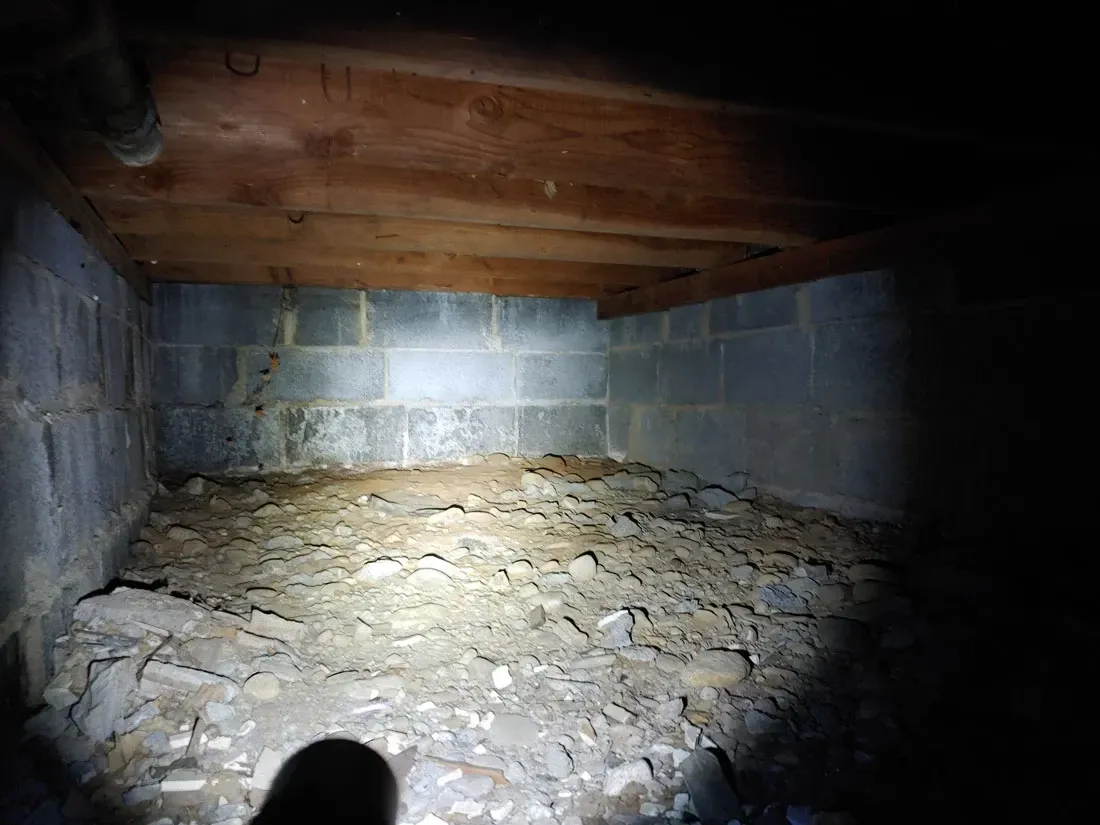The Top 5 Causes of Mold in Attics and Crawl Spaces in Myrtle Beach SC

Mold is a problem no one wants to find in their home or office. Besides the potential health risks, there are many other issues mold causes. Unfortunately, mold likes to hide and can often grow in attics and crawl spaces. Knowing what causes mold in these areas is the best way to ensure mold never grows. If you're seeking the services of an expert, consider engaging with mold remediation Myrtle Beach to resolve your mold issues professionally and efficiently.
- Inadequate Ventilation - Insufficient ventilation is the number one cause of mold in attics and crawl spaces. When air can't circulate freely, it leads to a buildup of heat and moisture - the ideal environment for mold growth. Lack of ventilation can cause many problems, from condensation forming on surfaces to the rapid proliferation of mold spores. Regularly checking for and rectifying blockages or restrictions in vents can mitigate this issue. Consider scheduling a crawlspace mold inspection to assess your home's ventilation status accurately.
- Roof and Plumbing Leaks - Leaking roofs and plumbing systems can cause moisture to seep into your attic and crawl spaces, leading to mold growth. Water can infiltrate even the smallest of gaps, so it's essential to regularly check for leaks and address them promptly. A significant number of attic mold remediation cases stem from unattended roof leaks.
- Insufficient Insulation - Another common cause of mold in attics and crawl spaces is inadequate insulation. Without proper insulation, these areas are susceptible to temperature fluctuations, which can cause condensation. When insulation is insufficient or incorrectly installed, moist air comes into contact with cold surfaces, leading to condensation and mold growth.
- High Humidity - The level of humidity in your attic or crawlspace plays a significant role in promoting mold growth. Mold thrives in humid conditions; unfortunately, crawl spaces and attics are often the most humid areas in a house. Investing in a dehumidifier or utilizing proper ventilation can help regulate the humidity levels, making these spaces less hospitable for mold.
- Flood or Water Damage - The last on our list, but certainly not the least, is flood or water damage. Whether from severe weather or internal water leaks, any incident introducing excessive moisture into your home can lead to a mold infestation. Mold remediation Myrtle Beach deals with such incidents, restoring your spaces to their pre-damage condition and preventing potential mold issues.
Crawlspace Mold Inspection
Understanding the top causes of mold in attics and crawl spaces can help prevent this unwelcome guest. Regular inspections, prompt leak repairs, adequate insulation, controlling humidity, and swift action on water damage are crucial. If you suspect a mold problem, don't hesitate to call for a professional crawl space mold inspection or engage in attic mold remediation services. With experts like crawlspace mold inspection and attic mold remediation Myrtle Beach, you can ensure a mold-free, healthy living environment.



